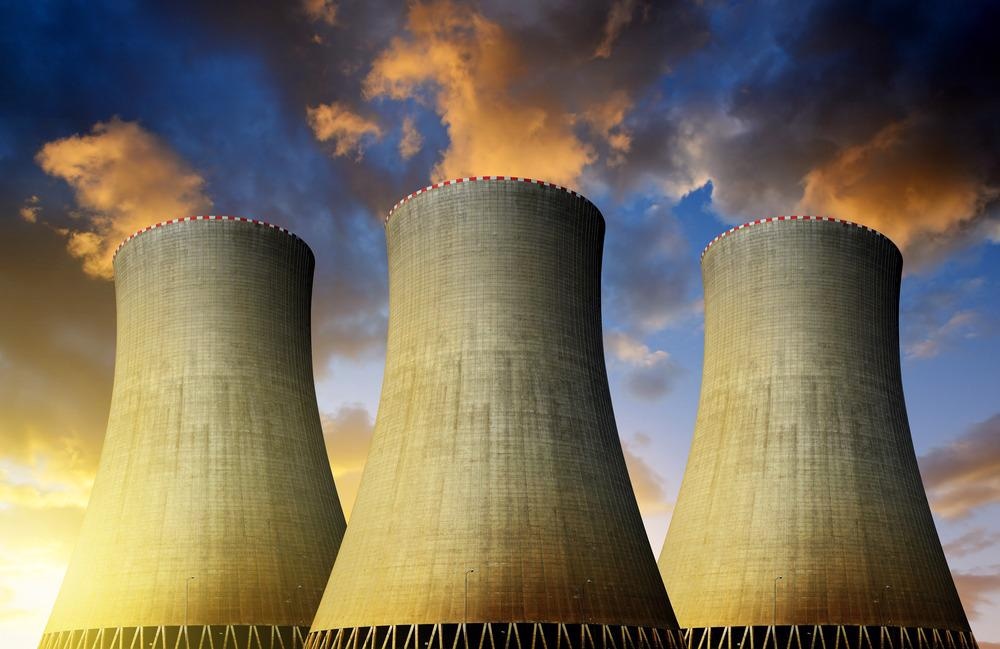Carbon dioxide sensors are used to detect carbon dioxide levels within a closed environment. Sensors have been developed to monitor the concentration of this gas indoors to monitor and control CO2 concentration.

Image Credit: jaroslava V/Shutterstock.com
How do CO2 Sensors Work?
Carbon dioxide is an acidic, colorless, and odorless gas. It is crucial to keep an eye on this gas since it is a clear indicator of CO2 emissions, airflow circulation quality, and industrial combustion processes. Increasing trends in monitoring the concentration of CO2 in homes, offices, and restaurants have been observed.
CO2 can be measured using electrochemical or Non-Dispersive Infrared (NDIR) sensors. The latter is more commonly used and is essentially a spectroscopic sensing device with an infrared beam, a sampling chamber, IR filters, as well as an infrared detector that can sense and control gas using infrared light (IR).
The higher the amount of gas present, the more light is absorbed. The signal loss is proportionate to the gas concentration being measured.
The Concentration of CO2 and its Ramifications
CO2 levels beyond a certain threshold indicate a lack of ventilation, which may be remedied by opening windows or turning on a fan to bring in fresh air.
There are no CO2 indoor air regulations; nonetheless, CO2 levels beyond a certain threshold indicate a malfunctioning HVAC (heating, ventilation, and air conditioning) system, which may be remedied by opening windows or turning on a fan to bring in fresh air. CO2 levels above a thousand parts per million (ppm) suggest an issue with cross ventilation and clean air in a house or building.
Operation of Conventional Nuclear Power Plants
While nuclear power plants promise green energy by splitting atoms to heat water and generating electricity, they have their own downfalls. Primarily, water is used as the cooling medium in some nuclear power plants, whereas others utilize gases like carbon dioxide or helium, melted metals, or molten salt.
While water cooling has a high energy density and hence exceptional thermal efficiency, it also has a number of downsides, including the possibility of exploding during meltdown occurrences. If the system's water pumps fail due to a power outage, the fuel rods can reach extremely intense temperatures, at which stage water breaks into explosive oxygen and hydrogen gas.
Due to risks posed by water, many reactors employ carbon dioxide as the primary coolant as it is considerably more failsafe.
CO2 Nuclear Power Plants – A Powerhouse on the Rise
CO2 is fundamentally safer than water as the main coolant inside a nuclear power plant because it is comparatively chemically inert and does not pose a hazard of explosion. CO2 is also more versatile than water when it comes to operating pressures and temperatures, resulting in a much more stable and slower means of responding to catastrophic defects.
On the other hand, carbon dioxide reactors have reduced power densities as compared to water reactors, resulting in bigger reactors with poorer efficiency. The most recent nuclear reactor research is focused on the production of fast reactors cooled by gas that employ supercritical carbon dioxide as a coolant to directly power turbines without the need for intermediary steam production, resulting in even higher efficiency.
Importance of CO2 Sensors in Power Plants
CO2 leak detection is critical for nuclear research and the everyday operation of carbon dioxide-cooled nuclear processes alike. A carbon dioxide leak can deplete the reaction core's coolant, putting it at risk of overheating. Large carbon dioxide leaks may also be hazardous to employees and the ecosystem, as well as costly and disrupting power plant operations.
Infrared sensors can be used to detect CO2 in nuclear power plants. An interesting fact about infrared sensors is that their performance may be affected by the surrounding temperature and pressure. Slight variations can cause reading offsets, which need to be corrected for.
Under these circumstances, the manufacturers apply broad corrections to their sensors over the operating temperature and pressure limits while being mindful of the fluctuations that might arise.
What to Look Forward to?
An increase in demand for power leads to the inception of power plants. As the green energy trend is on the rise and the population is becoming increasingly aware of the effects of fossil energy, an increase in the number of nuclear power plants is expected. As such, demands for CO2 sensors will be on the rise. More importantly, CO2 sensor manufacturers can also expect to see their products in need from closed space offices, homes, apartments and buildings.
References and Further Reading
Omni Sensors and Trasmitters Limited (2022) How do CO2 Sensors work? [online] https://sensorsandtransmitters.com/how-do-co2-sensors-work/
Process Sensing Technologies (2022) How Do CO2 Sensors Work? [online] https://www.processsensing.com/en-us/blog/how-CO2-sensors-work.htm
Edinburgh Sensors (2022) Nuclear Applications using CO₂ Sensors. [online] https://edinburghsensors.com/
Safety of Nuclear Power Reactors. (2022). Retrieved from World Nuclear Association.[online] https://www.world-nuclear.org/information-library/safety-and-security/safety-of-plants/safety-of-nuclear-power-reactors.aspx
Disclaimer: The views expressed here are those of the author expressed in their private capacity and do not necessarily represent the views of AZoM.com Limited T/A AZoNetwork the owner and operator of this website. This disclaimer forms part of the Terms and conditions of use of this website.